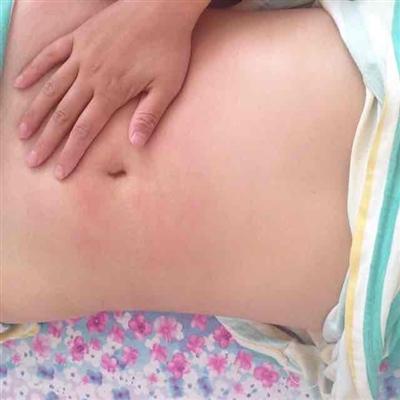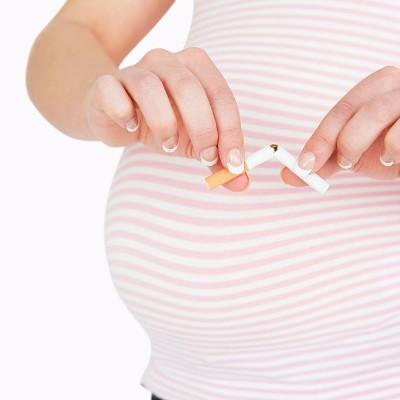Nose plastic good
summary
My nose has become flat since the car accident. When I go out, I always feel that everyone is looking at me. But later, my friend told me to do the augmentation rhinoplasty. After thinking about it, I decided to do the augmentation rhinoplasty. How about nose plastic surgery? Do you understand? Now let's talk about nasal plastic surgery.
Nose plastic good
Silicone prosthesis is one of the most commonly used materials for augmentation rhinoplasty. It is understood that as early as 1972 began to use this material for augmentation rhinoplasty, although the incidence of complications can reach 5% - 20%, but because silica gel has good biocompatibility, good chemical inertia, non-toxic, non carcinogenic, non teratogenic, low price and other advantages, it is still one of the clinical preferred augmentation rhinoplasty materials. However, after augmentation rhinoplasty with silica gel, rejection may occur, and the silica gel must be removed at this time.

The second material of prosthesis augmentation rhinoplasty: puff. Puff is a better augmentation rhinoplasty material at present. The shape of nose after puff augmentation rhinoplasty is natural and lifelike. Because of many microporous structures, the expansion body has good fixation after implantation, which avoids the phenomenon of prosthesis shaking and displacement after silicone augmentation rhinoplasty. In addition, the puff can avoid the unnatural phenomena such as the skin on the back of the nose becomes bright and red, the tip of the nose becomes sharp and the skin becomes thin after silicone augmentation. But the material is expensive, and the requirements for surgeons are high.

The third material of prosthesis augmentation rhinoplasty: autologous cartilage, which is also a kind of material used in prosthesis augmentation rhinoplasty, is easy to survive, will not have rejection, and is easy to carve out the ideal shape.

matters needing attention
The wound will stop bleeding within 3 hours after the operation. If there is blood scab in the wound, it can be gently washed away with 3% hydrogen peroxide within 24-48 hours of augmentation rhinoplasty with prosthesis, and then washed with normal saline, coated with a small amount of ointment, or spread anti-inflammatory powder to keep the wound dry, waiting for self-healing, and the suture can be removed after 5-7 days of augmentation rhinoplasty with prosthesis.













